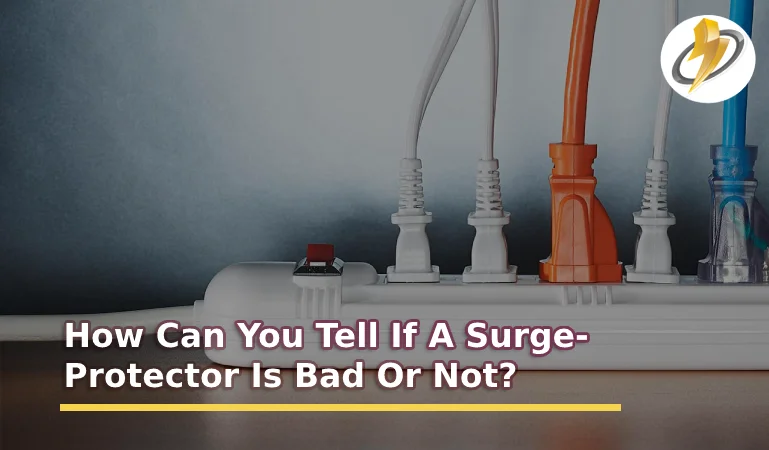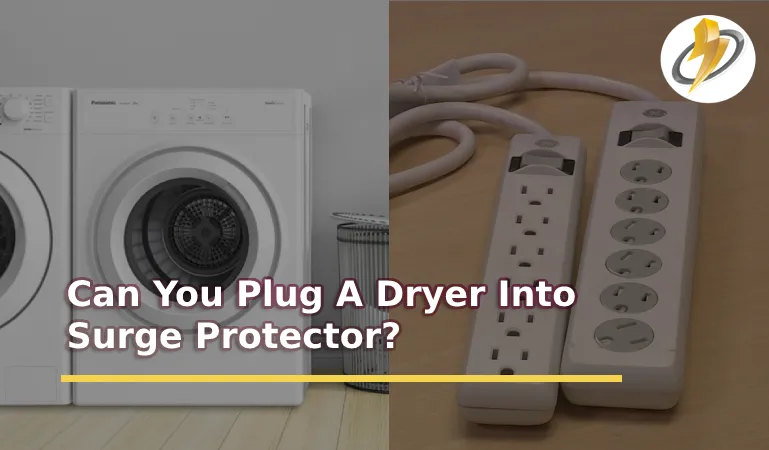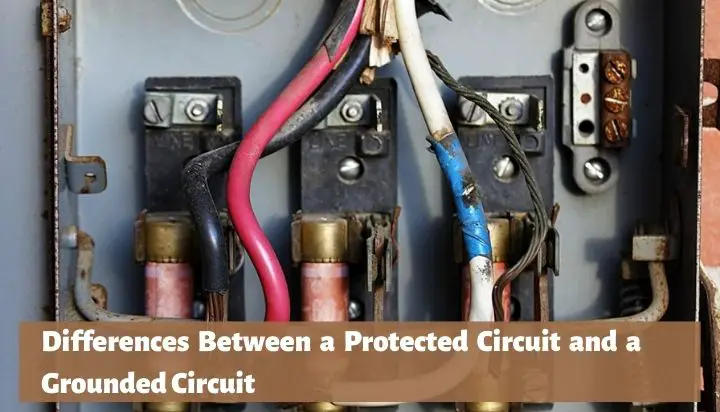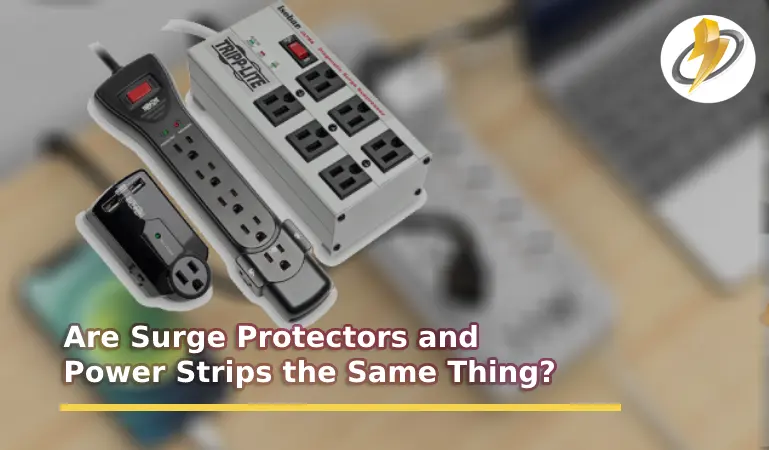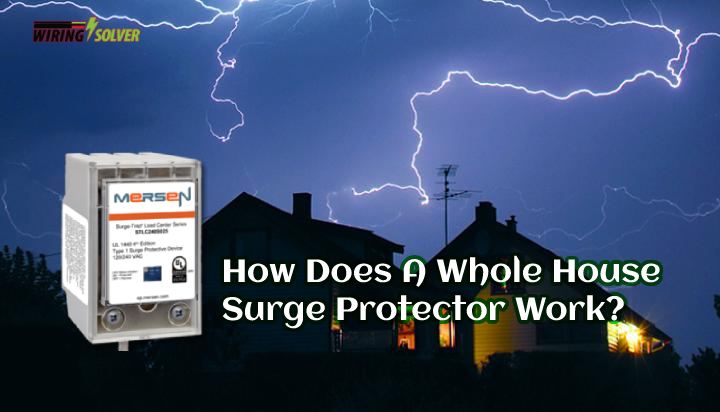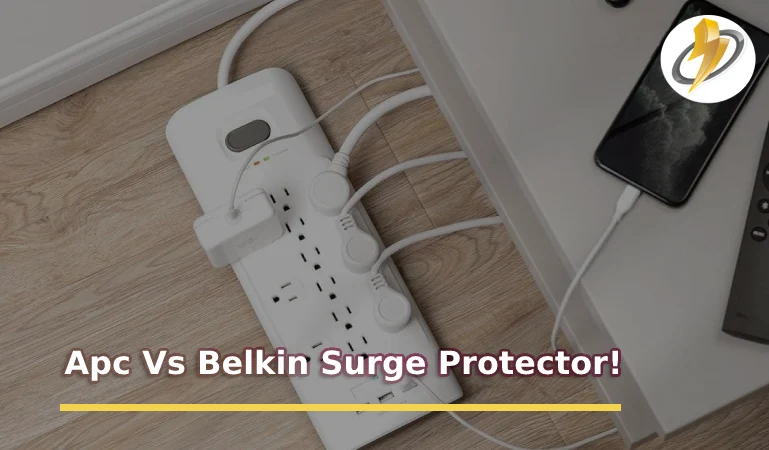Belkin surge protectors are known to be very reliable and durable on the entire market. However, they are not immune to malfunctions.
So, what are the causes behind a Belkin surge protector not working?
The cause of the malfunction cannot be determined unless diagnosed properly. Although rare it could be due to a product defect. Or it could be a blown circuitry within the surge protector.
This article will go through most topics regarding a malfunctioning Belkin surge protector.
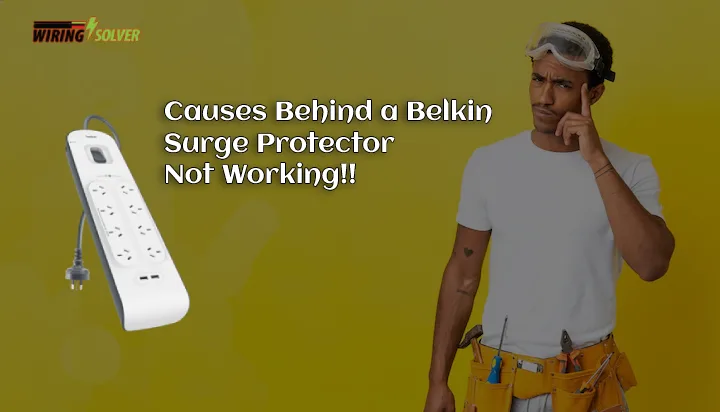
Causes Behind a Belkin Surge Protector Not Working
The causes can be varied based on the condition and diagnosis of the device. However, these are the most common causes.
Product Defect:
If you find out that your Belkin surge protector is not working directly out of the box, right after you bought it, it is entirely possible that due to bad luck you got a defect.
Though rare it is not impossible for such a thing to happen. Any small production mistake can lead to such an issue.
For Belkin products that come with a ‘lifetime warranty’ or ‘limited lifetime warranty, Belkin will honor the warranty for the lifetime of the original purchaser, subject to proof of purchase.
Power Surge:
Each surge protector has a limit to what it can withstand. While everyday surges are no match for a power surge, a voltage spike caused by a lightning strike nearby can easily exceed that limit.
Frying the circuitry within the surge protector. In such a case, the surge protector is the sacrifice you must pay in order for the protection of your devices.
To tackle such a case, you may want to invest in whole-house surge protectors as well for an added layer of safety.
Impact Damage:
Even though surge protectors are built to withstand a certain amount of voltage spike and additional current, they are certainly not made to withstand physical damage.
Physical damage can come from various incidents. Dropping the surge protector on the ground from a certain height, impact from other sharp or blunt objects, jamming the plugs in too roughly, etc.
If they undergo certain levels of physical damage, they may stop working, and in some cases may even cause a short circuit.
Exposure to Water:
Like any and all electronics, a surge protector is also susceptible to water damage. If a surge protector does come into contact with water, it can lead to a short circuit within the surge protector.
Which in turn will definitely fry up the internal circuitry and prevent it from working. In the worst-case scenario, it may even cause a small fire or damage to your electrical equipment.
Overloading:
A surge protector can also be overloaded if you plug in too many devices which are high power consuming. Even though a surge protector may have quite a lot of sockets, they are never designed to withstand a lot of power flowing through each of them.
It could result in the overloading of the surge protector, causing it to overheat and in turn even melt the plastic of the surge protector. You should also pay heed to appliances that shouldn’t be plugged into a surge protector.
How to Deal with a Malfunctioning Surge Protector?
There are a few ways that one might choose to deal with a malfunctioning surge protector, given its condition. Let’s explore some of those possibilities.
Claim Warranty:
If your product did not work straight out of the package, or it got busted by a small surge, you could opt for a product replacement or claim the warranty.
Almost each Belkin surge protector comes with some sort of warranty or guarantees with the product. You have to send Belkin your damaged surge protector together with a claim form that has been filled out and the purchase receipt of the device.
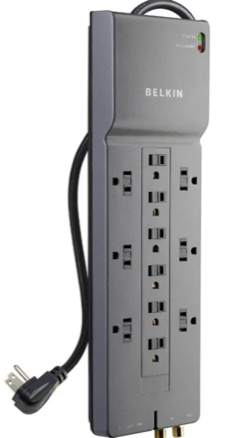
Repairing the Surge Protector:
Given the degree of damage, you may be able to repair it yourself or get it done by a professional. It is a viable option if the warranty period has expired.
Surge protectors have a component within them called High-capacity Metal Oxide Varistors or MOV for short. They can each withstand 300-900 J of surge protection. If damaged it may be possible to replace them.
However, keep in mind, that surge protectors also wear down with time. And especially after such a repair, the credibility of the device comes into question. It is always advised to replace a faulty surge protector.
Often times surge protectors come with a reset feature. However, if you were wondering about how to reset Belkin surge protector, I have bad news for you.
There isn’t a reset button on the majority of Belkin surge protectors. When the power switch is turned on, the Protected light indicator should also be on. The absence of this light implies that the surge protector no longer functions.
Replacing the Surge Protector:
If the surge protector has been damaged due to user error and is beyond repair, all you can do is replace the product. Especially if it has outlived its warranty period. Sadly, there is no way to backtrack from this state.
Summary
Now that you have read the entire article, you should have a general idea regarding the causes behind a Belkin surge protector not working. Which should also give you an idea about how to maintain a surge protector.
However, if any issue regarding the surge protector still remains, feel free to write to their official webpage. Or if you still have a warranty left, do not hesitate to claim it.

